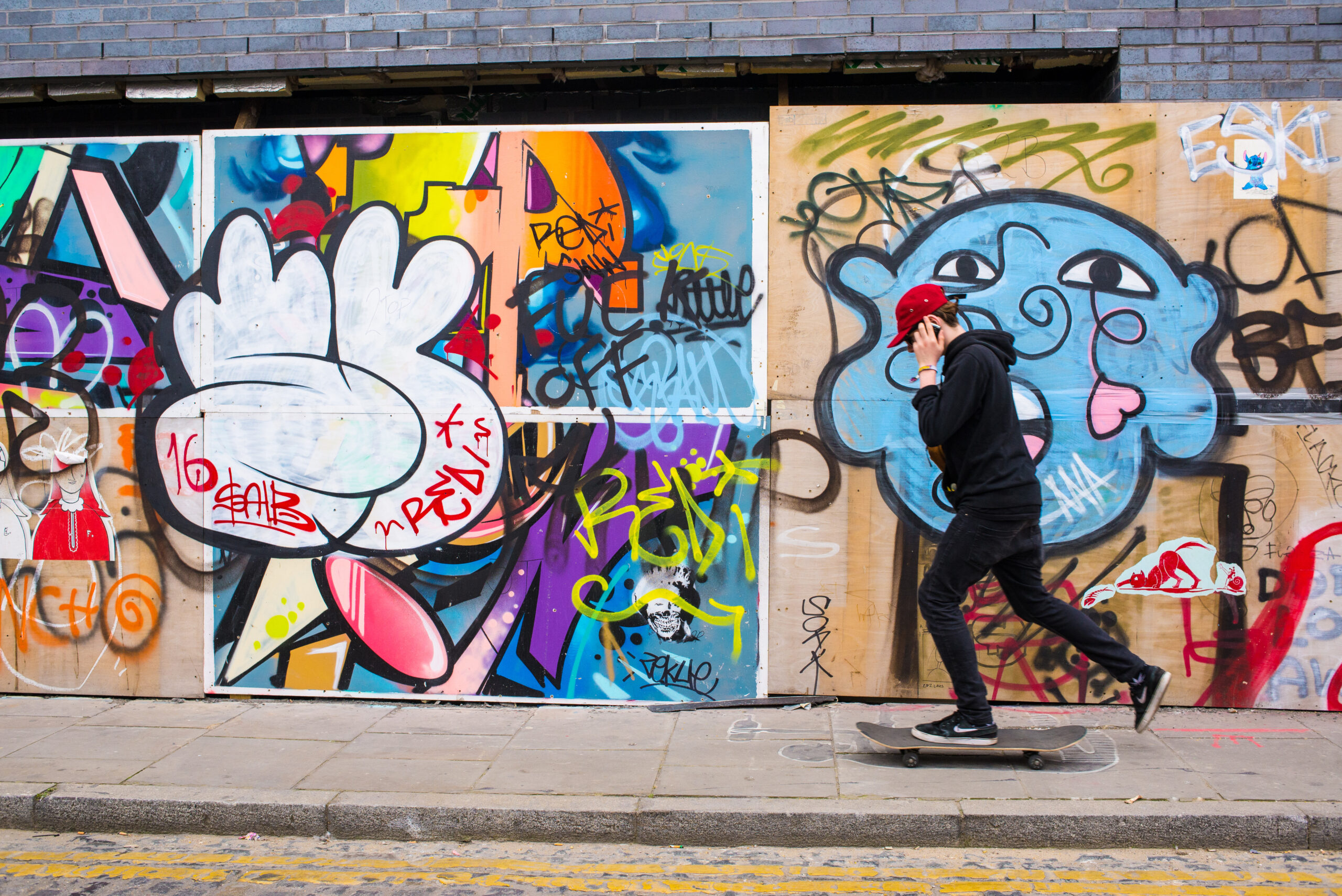
GETTING CUT-THROUGH BELOW THE LINE
GETTING CUT-THROUGH BELOW THE LINE
28 April, 2014
Today is the first day of Live Below the Line, the great international fundraising campaign from the Global Poverty Project. The initiative, which takes place in six countries, challenges us to eat and drink on £1 a day for five days, reflecting the experiences of the 1.2 billion people currently living in extreme poverty and raising money in the process by asking people to sponsor your efforts.
The successful initiative produces over £5.5 million for the world’s leading anti-poverty organisations and you can choose which of the 35 charity partners you fundraise for. But with big hitters like Oxfam, Save the Children and Unicef all involved, how can smaller organisations get cut-through and make the campaign work for them?
Here are our tips for making it count:
- Get your messaging right – the Below the Line concept and messaging are excellent, with clear, concise and robust statements about the cause, the challenge and the community on its website. Make sure your messaging is strong, your supporters know why they should take part and how they can shout about it, and everyone knows how the money will make a difference. Use the correct hashtags on Twitter so you’re part of the buzz.
- Content, content, content – find interesting ways to engage your audience with the campaign and your involvement, particularly on social media: lead by example and use images and videos to document your attempts at feeding yourself for £1. Can your Chief Executive and Trustees blog about the ups and downs of the challenge?
- Make sure you’re driving donations – whether you’re writing an in-depth blog or pinging out a quick tweet, make sure all your messaging includes the call to get involved or donate – and how to do it. Potential donors responding to the #NoMakeupSelfie craze shared without donating or saw their cash go to the wrong charities because they weren’t using the correct text prompts. Make sure you don’t lose out on funds because your message gets lost in translation.
- Finally and most importantly, follow up with people and use it as an opportunity to build relationships with new supporters.
